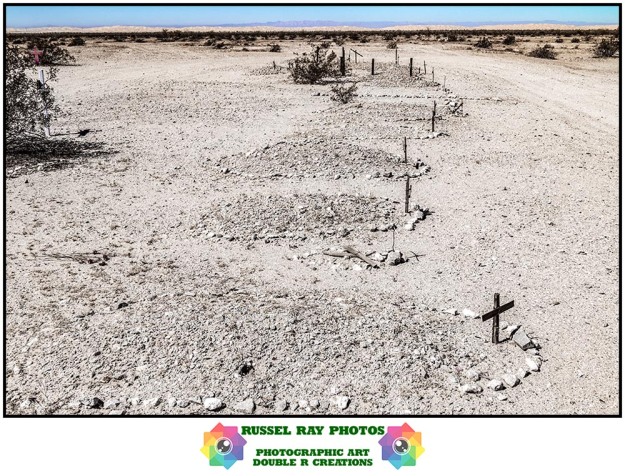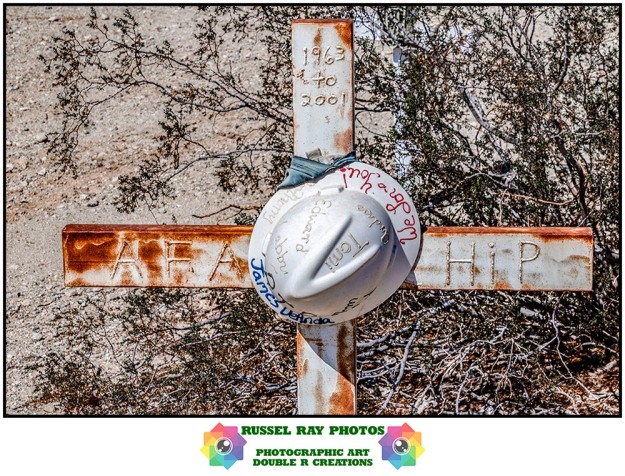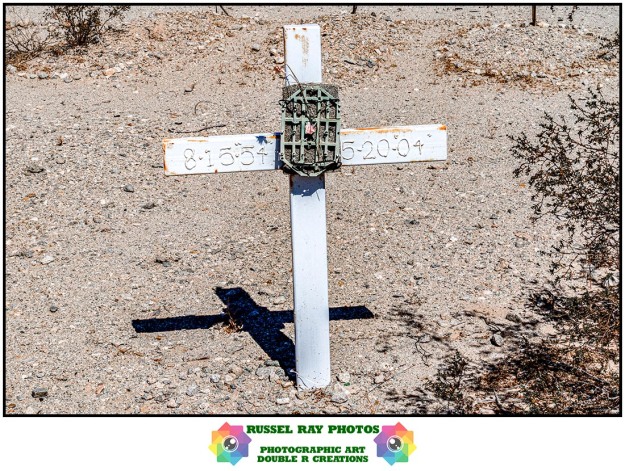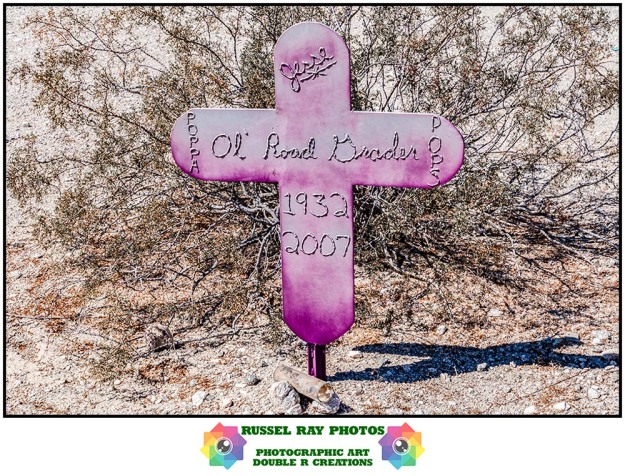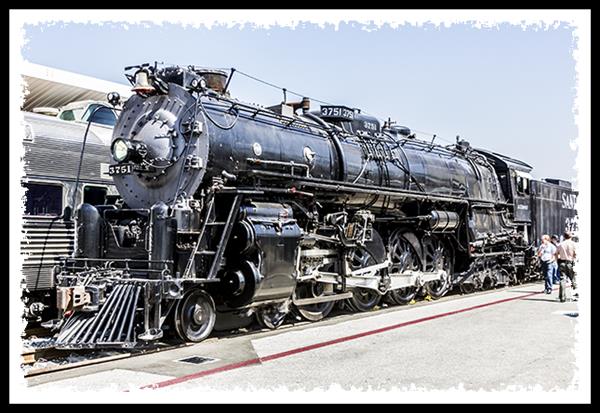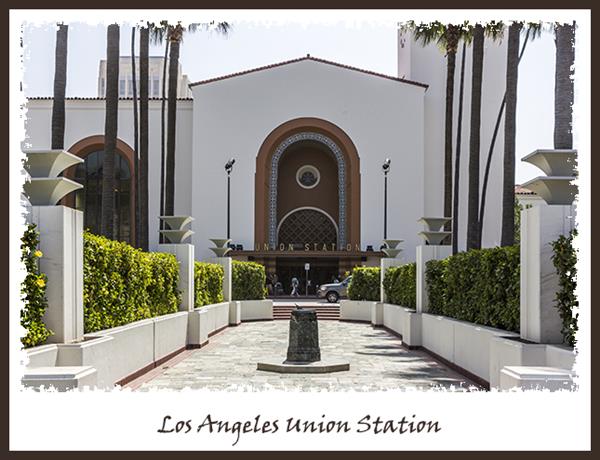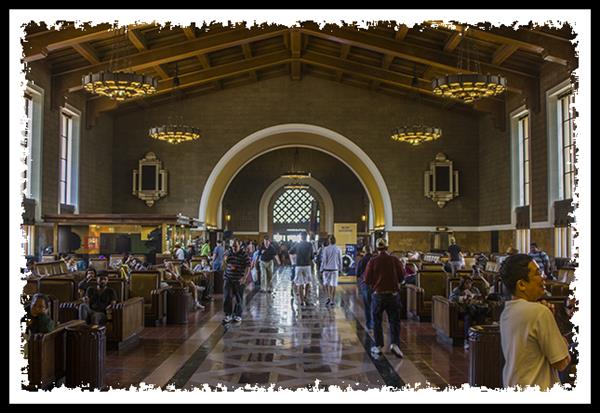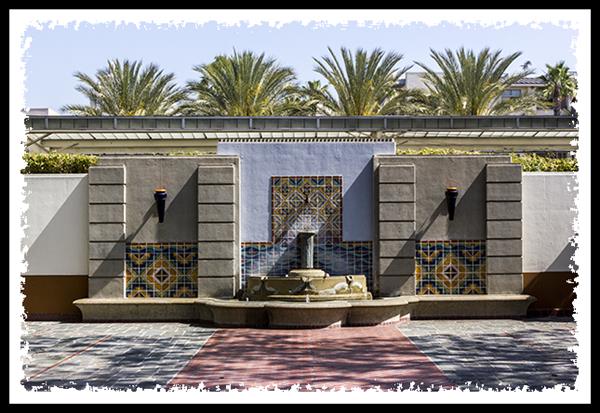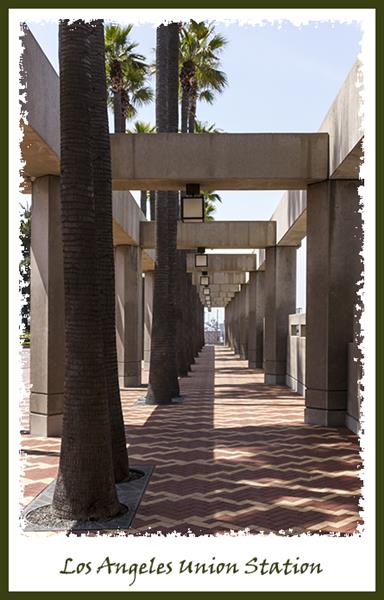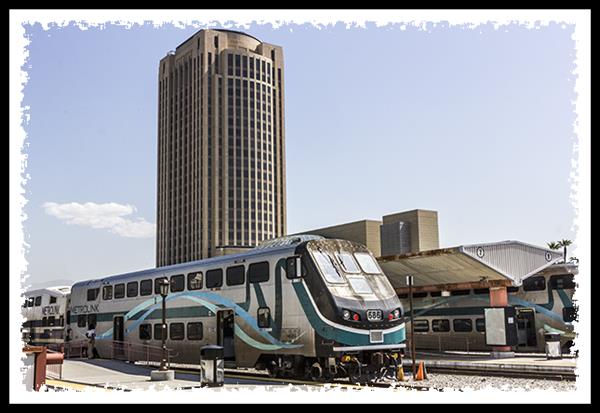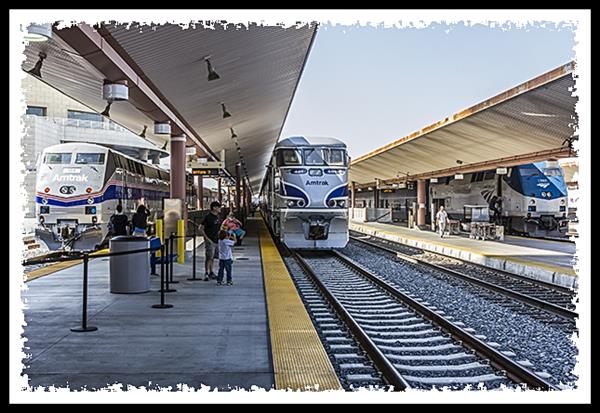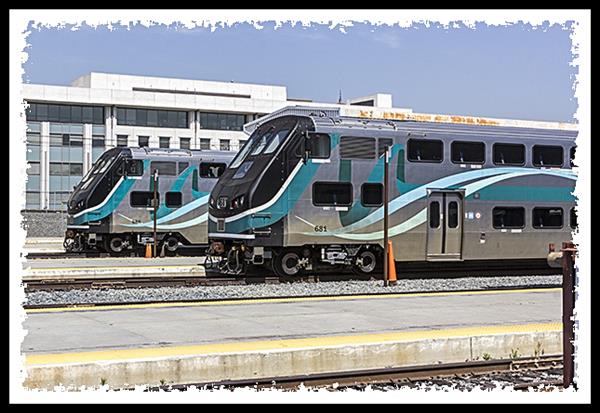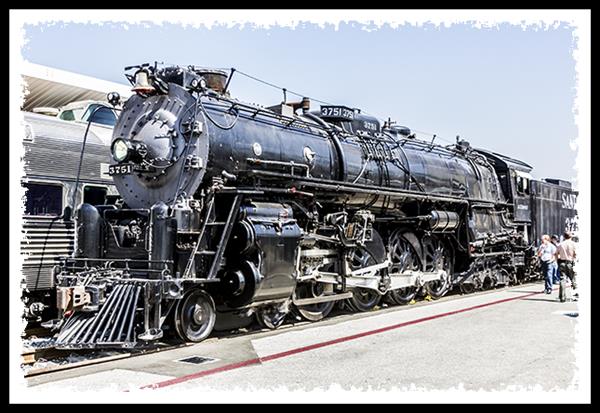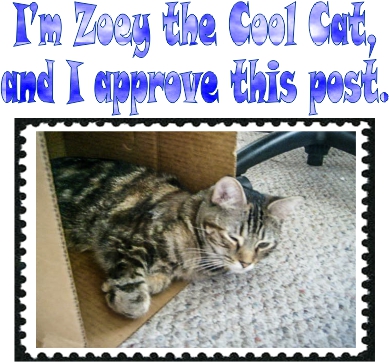
Never fails! When I’m out and about doing one thing, trains seem to crop up here and there.
When I was in Bakersfield on February 11 speaking to the Bakersfield Cactus & Succulent Society, I had to go downtown and check out the historic Southern Pacific depot.
Looks like this:

When construction of the Southern Pacific Railroad line had reached the southern San Joaquin Valley in 1874, Bakersfield was the preferred stop. However, a land dispute between Bakersfield and Southern Pacific resulted in Southern Pacific building its tracks two miles east of the Bakersfield, in Sumner, a town laid out by the railroad, as many towns were back in those days. A small depot also was built.
When the Bakersfield depot opened on June 27, 1889, it was located in Sumner, California. Sometime between 1888 and 1892, Sumner incorporated under the name Kern City. In 1910, Kern City voted to become part of Bakersfield.
The depot originally was built in the Richardsonian Romanesque style, comprising both a train station and a hotel. One of the station’s most defining features was the long arcade stretching along the north side and connecting the station and the hotel.
In the late 1930s, Southern Pacific wanted to demolish the depot and build a completely new one. Instead, the depot was remodeled, providing a more streamlined appearance by removing many of the ornamental Romanesque features and transforming the depot into a Spanish Colonial Revival style. The steep roofs, part of the original style, were kept. Additional expansions included a section in the Moderne style.


The depot served Southern Pacific passenger trains that ran on the San Joaquin Valley Route: San Joaquin Daylight, Sacramento Daylight, Owl, and West Coast.
Eventually the hotel closed and was converted to office space; I could not find the date of its closing. Closing the hotel also resulted in half of the portico (on the hotel side) being enclosed.
It currently is used as an office building and crew change center by Union Pacific, and on very rare occasions (about once every ten years), it serves as a stop for Amtrak’s Coast Starlight when Union Pacific’s Coast Line is closed. When that happens, the Coast Starlight goes through the Tehachapi Loop. Getting a video of Amtrak on the Tehachapi Loop is #1 on my Bucket List. Here’s a video of a long BNSF freight on the Tehachapi Loop in February 2017 showing the front of the train passing under the rear of the train:
BNSF freight on the Tehachapi Loop
The depot itself closed in 1971 with the founding of Amtrak and the termination of individual railroad passenger trains, thus ending Southern Pacific passenger trains through the station. The office portion would continue to be used by Southern Pacific, and later by Union Pacific.





There is a nice Amtrak station not too far away, and there are plans for two new rail systems, both having a stop in East Bakersfield near the historic Southern Pacific depot. Kern County also has been toying with the idea of a regional commuter rail system which would use existing Union Pacific tracks. Not to be left out, Bakersfield also has been mulling a future light rail system. Both systems are not on the drawing board before 2025.


